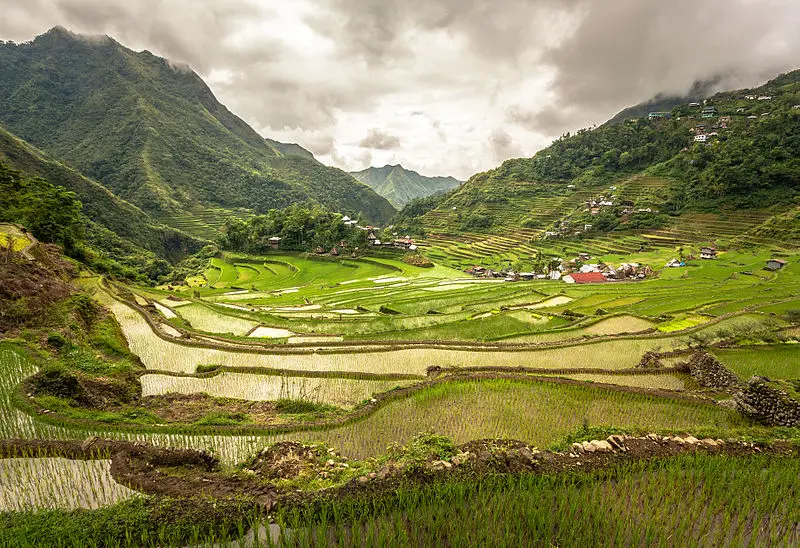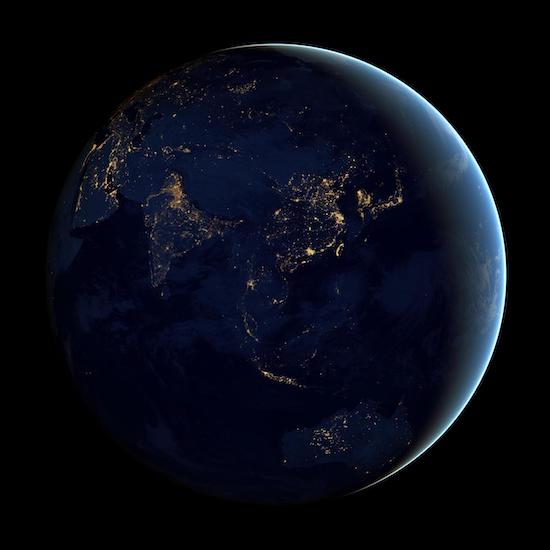The Principles of Ecology

“Cooperation for mutual benefit, a survival strategy very common in natural systems, is one that humanity needs to emulate,” said the father of modern ecology. In this topic, we will look back to how living beings interact with each other and their environment; how the environment shapes populations of living beings; and problems being faced by our own environment.
Click below to go to the main reviewers:
Table of Contents
- What is Ecology?
- Basic Principles of Ecology
- 1. Abiotic Factors in the Environment
- 2. Climate and the Environment
- 3. Biomes of Planet Earth
- 4. Concepts of Population Ecology
- 5. Community Structure and Dynamics
- 6. Ecological Succession
- 7. Ecosystem Structure and Dynamics
- 8. The Biogeochemical Cycles
- 9. Conservation Biology and Restoration Ecology
- References
What is Ecology?
Ecology is the science of interactions between organisms and their environment. Because the environment is complex, organisms are affected by many different variables.
Ecologists classify these variables or factors into two major types. Biotic factors are the living components of the environment and include all organisms living in the area. Abiotic factors are the nonliving components, which refer to physical and chemical factors such as temperature, water, and nutrients.
An organism’s habitat refers to the specific environment it lives in and includes all the biotic and abiotic factors present in its surroundings.

We have mentioned in a previous article how life is made of a hierarchy. In ecology, the basic component is the organism. When individuals of the same species live in a particular area, they will form a population.
Different populations, regardless of species, assemble and interact with each other and form a community. Communities, when taken along with the biotic and abiotic components of the environment, already establish an ecosystem.
Arrays of ecosystems form a landscape where no defined ecosystem boundary is observed and energy, matter, and organisms can exchange between the ecosystems. At the highest ecological hierarchy is the biosphere which extends from the atmosphere down to the depths of the oceans that are inhabited by life.
Basic Principles of Ecology
1. Abiotic Factors in the Environment
Organisms can’t live without light, air, water, soil, and other abiotic factors. This article summarizes these abiotic factors and how integral they are to the survival of ecosystems. Click here to go to the article.
2. Climate and the Environment
The distribution of organisms is mainly influenced by climate. In this article, we’ll take a closer look at how the Earth’s shape and movement in space influence climate patterns which, in turn, profoundly affect how and where ecosystems are formed. Click here to go to the article.
3. Biomes of Planet Earth
Our planet is teeming with life whether on land or underwater. This article offers a glimpse of the wide and complex world of terrestrial and aquatic organisms, distributed to a variety of biomes that are shaped by climate, salinity, and other critical abiotic factors. Click here to go to the article.
4. Concepts of Population Ecology
Understanding the dynamics of the population is at the core of ecology. Through this article, you’ll be able to explore the fundamental concepts of population ecology and learn how this knowledge can be applied to help us use our natural resources without damaging them. Click here to go to the article.
5. Community Structure and Dynamics
From an ecological perspective, communities are composed of populations of different species that live close to and interact with each other. Let’s delve into how these interactions, which may either be harmful or helpful, affect population structure and dynamics. Click here to go to the article.
6. Ecological Succession
Change is inevitable. In the case of biological communities, changes can be brought about by either natural or man-made disturbances resulting in the gradual replacement of a species by another species. Learn more about this process known as ecological succession, its two types, and how it impacts ecosystems. Click here to go to the article.
7. Ecosystem Structure and Dynamics
Energy is neither created nor destroyed. In the context of ecosystems, energy flows through and out of them, decreasing in quantity as it moves up the energy pyramid. Learn more about the flow of energy in ecosystems through this article. Click here to go to the article.
8. The Biogeochemical Cycles
Life on Earth depends on the recycling of chemical elements essential to life. These biogeochemical cycles include processes that recycle elements like the carbon cycle, the phosphorus cycle, and the nitrogen cycle. Familiarize yourself with these important natural processes with the help of this article. Click here to go to the article.
9. Conservation Biology and Restoration Ecology
Many environmental problems we face today are a result of various human disturbances in nature. Ecology is not just useful for telling us how things went wrong, it can also show us different means of finding solutions to these problems and reverse the negative consequences of these different disturbances. Click here to go to the article.
References
Campbell, N. A., Cain, M. L., Minorsky, P. V., Reece, J. B., Urry, L. A., & Wasserman, S. A. (2018). Biology: A global approach. Harlow, Essex, England: Pearson Education Limited.
Cardinale, B. J., Primack, R. B., & Murdoch, J. D. (2020). Conservation Biology. New York, NY: Oxford University Press.
Fowler, S., Roush, R., & Wise, J. (2013). Concepts of Biology. Houston, Texas: OpenStax. Available at https://openstax.org/books/concepts-biology/pages/1-introduction.
Greipsson, S. (2011). Restoration Ecology. Sudbury, MA: Jones and Bartlett Publishers.
Hine, R. (2019). A Dictionary of Biology. Oxford, US: Oxford University Press.
Jennings, T. J. (2010). Ecology. Irvine, Calif.: Saddleback Educational Pub.
Quammen, D., & Roy, J. (2019). The Song of the Dodo: Island Biogeography in an Age of Extinctions.
Reece, J. B., & Campbell, N. A. (2011). Campbell Biology. Boston: Benjamin Cummings/Pearson.
Rockwood, L. L., & Witt, J. W. (2015). Introduction to Population Ecology. NJ, USA: Wiley Blackwell.
Taylor, M. R., Simon, E. J., Dickey, J., Hogan, K. A., & Reece, J. B. (2018). Campbell Biology: Concepts & connections. NY: Pearson.
Previous topic: Plants (Forms and Functions)
Return to the main article: The Ultimate Biology Reviewer
Written by Earl Jeroh Bacabac
in College Entrance Exam, LET, NMAT, Reviewers, UPCAT
Earl Jeroh Bacabac
Earl’s love for the sea fueled his goal to become a marine biologist. He obtained his Bachelor’s Degree in Biology from the University of the Philippines Visayas while also being a DOST scholar. His passion for the marine environment is rivaled by his diverse interests in music, the arts, and video games.
Copyright Notice
All materials contained on this site are protected by the Republic of the Philippines copyright law and may not be reproduced, distributed, transmitted, displayed, published, or broadcast without the prior written permission of filipiknow.net or in the case of third party materials, the owner of that content. You may not alter or remove any trademark, copyright, or other notice from copies of the content. Be warned that we have already reported and helped terminate several websites and YouTube channels for blatantly stealing our content. If you wish to use filipiknow.net content for commercial purposes, such as for content syndication, etc., please contact us at legal(at)filipiknow(dot)net